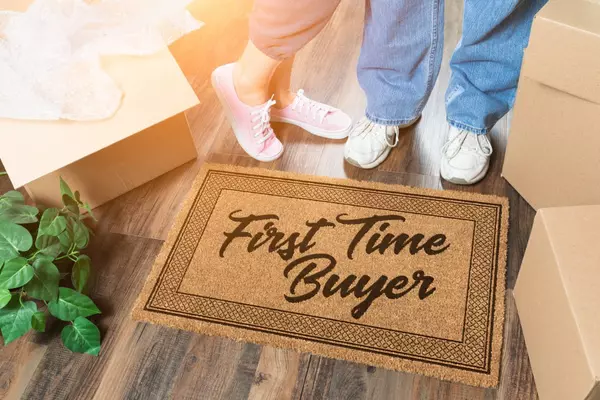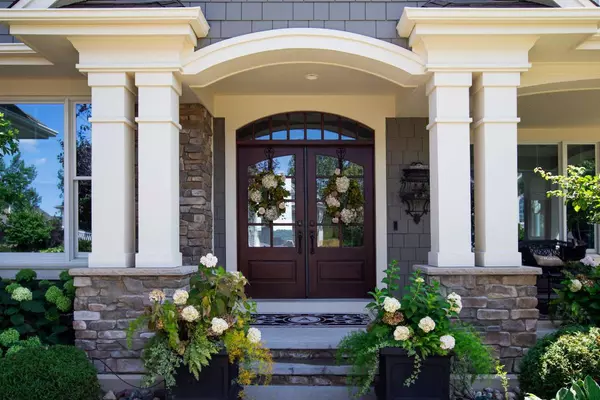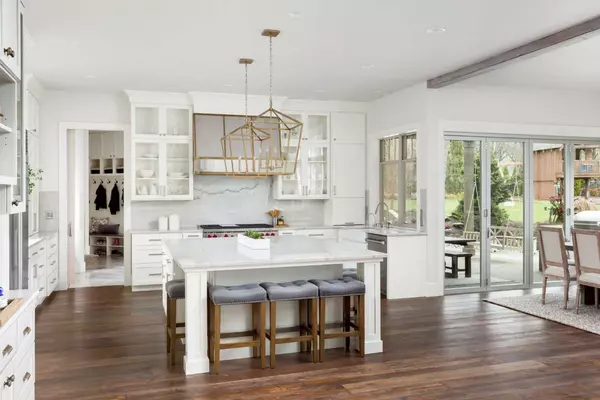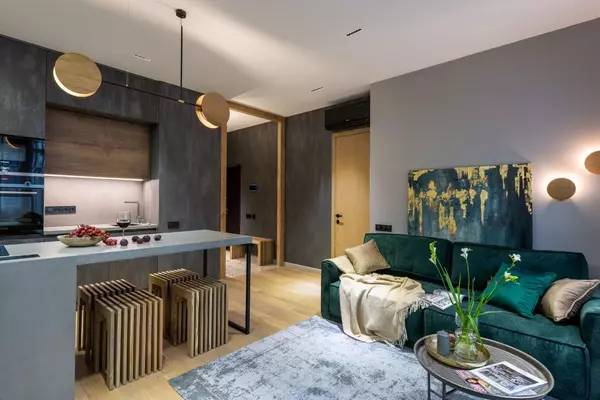Budgeting for Home Maintenance

Owning a home comes with many joys, but it also comes with financial responsibilities beyond the mortgage. One of the most overlooked expenses is home maintenance. Whether it’s a leaky roof, a failing HVAC system, or routine lawn care, home upkeep is essential to maintaining property value and preventing costly repairs.
But how much should you budget for home maintenance costs? Let’s break it down so you can plan ahead and keep your home in top shape without financial stress.
Why Home Maintenance Budgeting Matters
Home maintenance isn't just about keeping your home looking nice—it’s about protecting your investment. Regular upkeep prevents minor issues from turning into major (and expensive) problems. A well-maintained home also retains its value better and appeals to potential buyers should you ever decide to sell.
Without a maintenance budget, homeowners risk being caught off guard by unexpected expenses, forcing them to dip into emergency savings or take on debt.
Understanding Annual Maintenance Costs
To prepare financially, many homeowners follow simple budgeting rules:
1. The 1% Rule
A common guideline is setting aside 1% of your home’s value annually for maintenance. If your home is worth $300,000, you should aim to save $3,000 per year ($250 per month) for routine upkeep and unexpected repairs.
2. The Square Footage Rule
Another approach is saving $1 per square foot of your home each year. For a 2,000-square-foot home, this means setting aside $2,000 annually. This method can be helpful since larger homes typically require more maintenance.
3. Adjusting for Age and Location
Older homes and properties in extreme climates (hot, humid, or snowy regions) may require a higher maintenance budget. Newer homes, on the other hand, may have fewer immediate repair needs, but it's still wise to start saving early.
Common Home Maintenance Expenses
Some home maintenance tasks are predictable, while others pop up unexpectedly. Here’s what you should consider when budgeting:
Seasonal Maintenance
- Spring & Summer: Lawn care, gutter cleaning, pressure washing, HVAC servicing
- Fall & Winter: Furnace inspection, chimney cleaning, winterizing pipes, checking insulation
Structural Upkeep
- Roof repairs: Roofs typically last 20-30 years, but minor repairs may be needed sooner
- Plumbing & electrical work: Small leaks and wiring issues can become major hazards if ignored
- Foundation maintenance: Cracks or settling can lead to costly structural problems
Appliance & System Replacements
- HVAC system: Typically lasts 10-15 years
- Water heater: Lasts 8-12 years
- Kitchen appliances: Lifespan varies; dishwashers, refrigerators, and stoves may need replacing after 10-15 years
How to Create a Home Maintenance Fund
Instead of scrambling for cash when something breaks, set up a dedicated maintenance fund:
- Open a Separate Savings Account – Keep home maintenance funds separate from your regular savings to avoid spending them elsewhere.
- Automate Contributions – Set up automatic monthly transfers so you’re consistently building your fund.
- Start Small If Needed – If saving 1% of your home’s value seems overwhelming, start with a smaller amount and increase it over time.
Proactive Strategies to Lower Maintenance Costs
Staying ahead of home maintenance can save you money in the long run. Here are a few cost-cutting strategies:
- DIY When Possible – Simple tasks like changing air filters, sealing cracks, and maintaining landscaping can save on labor costs.
- Schedule Routine Inspections – Have professionals inspect major systems like HVAC and plumbing regularly to catch problems early.
- Use Energy-Efficient Upgrades – Investing in energy-efficient appliances, windows, and insulation can reduce long-term costs.
When to Plan for Major Repairs
Even with regular maintenance, major home repairs are inevitable. Planning ahead can ease the financial burden.
Here’s a general timeline for major repairs:
- Roof replacement: Every 20-30 years
- Water heater: Every 8-12 years
- HVAC system: Every 10-15 years
- Kitchen appliances: Every 10-15 years
- Exterior painting: Every 5-10 years
Track the age of your home’s key components and plan for replacements accordingly.
Final Tips for Homeowners
- Consider a Home Warranty – A home warranty can help cover unexpected appliance or system failures, though it won’t replace a solid maintenance budget.
- Keep a Home Maintenance Checklist – Regularly inspect and track home maintenance tasks to stay organized. There are many checklist books that help you keep track of what needs to be done!
- Don’t Ignore Small Issues – Address minor repairs early before they become costly problems.
Budgeting for home maintenance isn’t the most exciting part of homeownership, but it’s one of the most important. By setting aside funds, tracking potential repair costs, and staying proactive, you can avoid financial surprises and keep your home in great condition for years to come.
If you're planning to buy a home, don’t forget to factor in maintenance costs when determining your budget—it’s just as important as your mortgage payment!
Categories
Recent Posts










